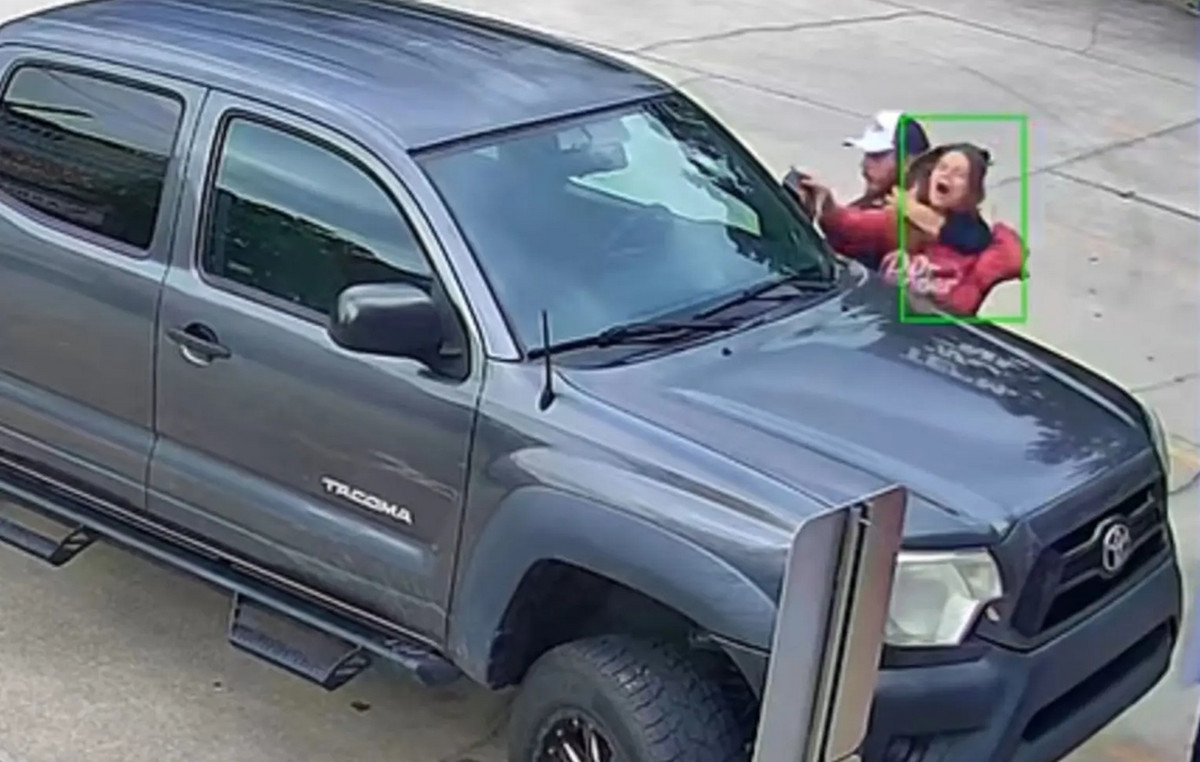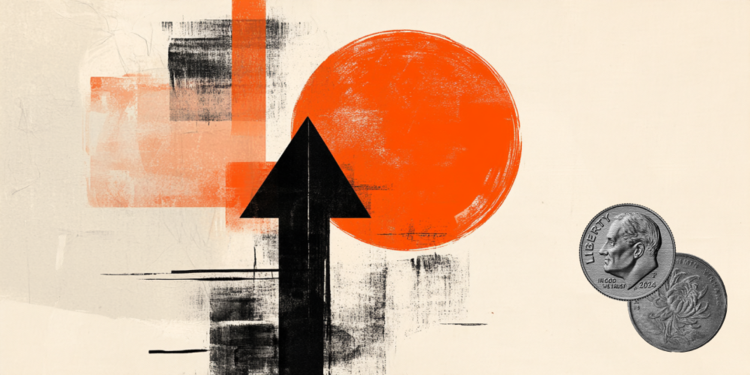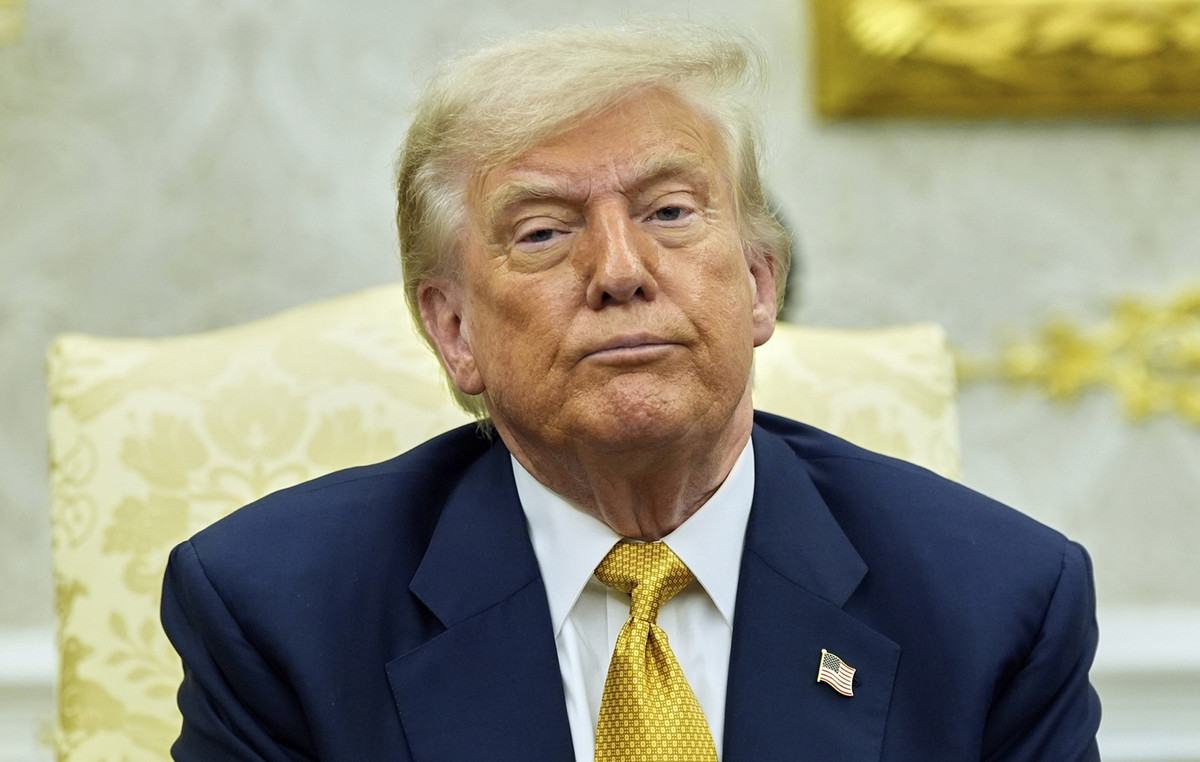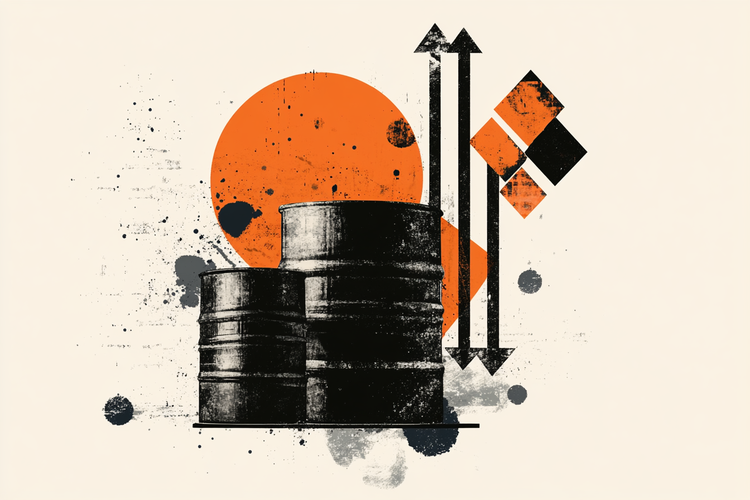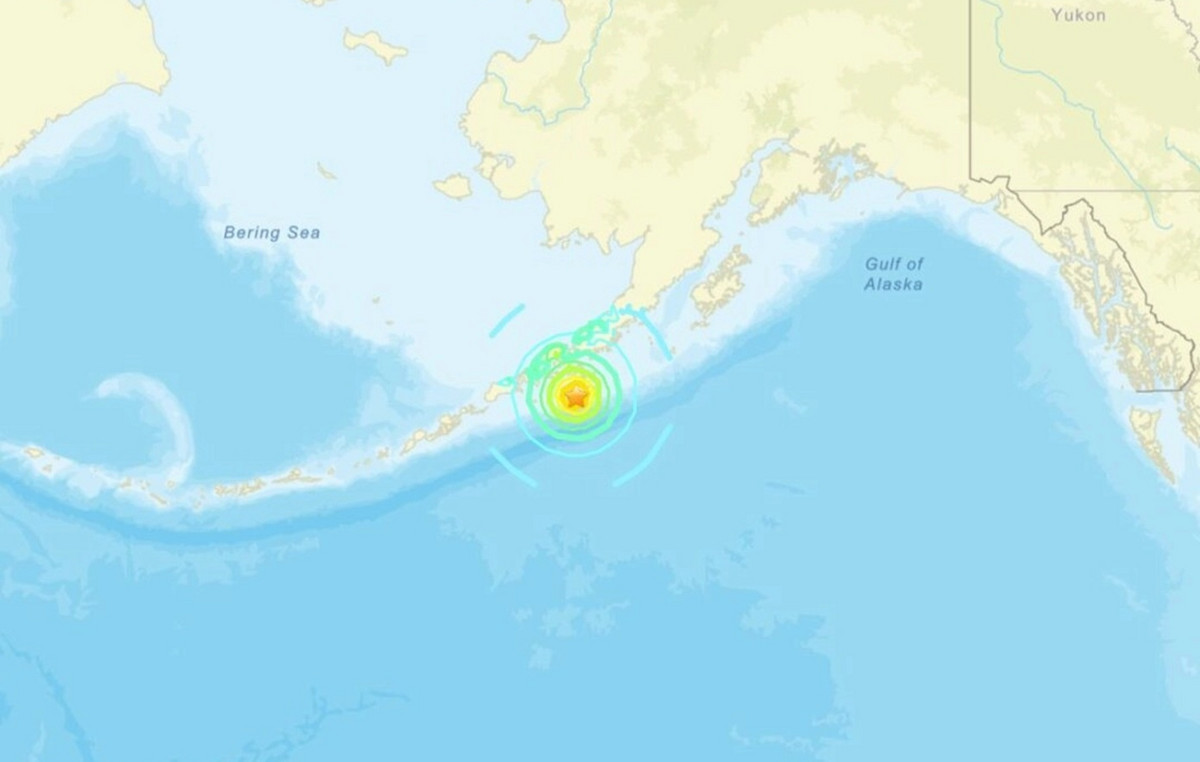In the first two months of the official election campaign, the Ibovespa index — a reference for the Brazilian stock exchange — recorded the second highest increase in comparison with other presidential elections in the last 20 years.
From July to August, the increase was 11.14%: the index rose from 98,542 points on July 1st to 109,523 points on August 31st.
The only higher result was in 2014. In the year in which Dilma Rousseff (PT) was re-elected, the Exchange had the best result in this two-month window since 2002, up 15.27%, according to data compiled by Clear Corretora .
In 2018, when Jair Bolsonaro won at the electronic voting machines, the stock market rose 5.38% between July and August.
Considering the accumulated data for each year – always for the period from January to August -, the result for 2014 also stands out: in that year, the Ibovespa rose 18.96% in the first eight months. This year, the increase was more discreet, 4.48%. In 2018, the index was at zero to zero.
For William Eid, director of the Center for Studies in Finance at Fundação Getulio Vargas (FGV), there is no pattern of movements in the Brazilian stock exchange in election years.
“The volatility of the stock market depends a lot on the uncertainty that the election brings. If the two (candidates ahead in the surveys) have the same program, the same market expectations, there is no change. If there is one at the front that the market considers acceptable, the oscillation is smaller”, he says.
Volatility
Another way to observe the behavior of investors in variable income is according to the variation of investments. This up-and-down movement of assets is called volatility – and it can stir investors’ emotions.
Between January and August 2022, the volatility of the Brazilian stock exchange was equal to that of 2014. The variation, in values adjusted for inflation, was 19% in both periods.
According to data from Economatica/TC, the strongest volatility in the last 20 years of the Stock Exchange in the pre-election period until August was in 2002, when it reached 32% (while the Ibovespa’s fall in the period was 6.78%).
Except for 1994, the oscillation tends to be stronger towards the end of the year, from September to December, after the results of the polls. In 1998, for example, the variation was 83%.
For the individual investor, the fluctuation of variable income can generate anxiety for short-term gains, when trying to foresee peaks and valleys in stock prices. However, the recommendation of analysts is to be patient to get a return on investments.
Historic
In 2002, the Selic rate was on a downward trajectory, from 19% to 18% per year. In August of that year, the inflation target had already been abandoned.
The mood was one of caution among investors, who made profits, and the market was waiting for a rise in the toucan José Serra in the electoral polls against Luiz Inácio Lula da Silva, from the PT – who would win the election, contradicting, at the time, the wishes of a considerable part of stock exchange investors.
In the year, the Ibovespa fell by 23.53%.
For Samuel Pessôa, a researcher at the Brazilian Institute of Economics (FGV) and the Julius Baer Family Office (JBFO), in 2002 the country was dealing with the problem of not having a reserve in dollars, which generated a cycle of devaluation of the real and an increase in the government debt, an issue resolved during Lula’s administrations.
The trajectory of the PT president helped to build a good reputation in relation to the country’s fiscal risk, but this deteriorated over time, especially from the end of 2013.
The information is from the newspaper. The State of São Paulo.
Source: CNN Brasil
Joe Jameson, a technology journalist with over 2 years of experience, writes for top online news websites. Specializing in the field of technology, Joe provides insights into the latest advancements in the industry. Currently, he contributes to covering the world stock market.

